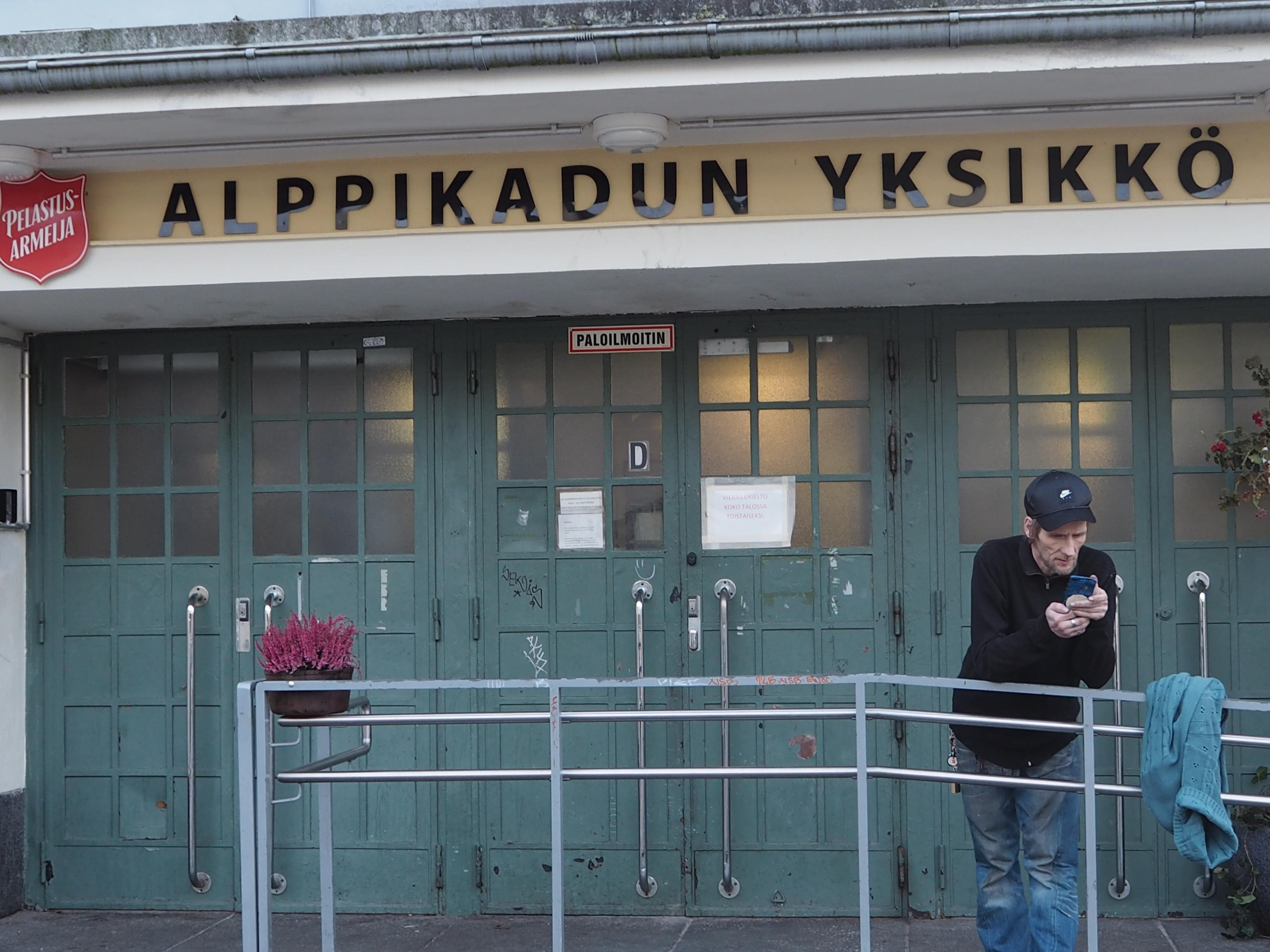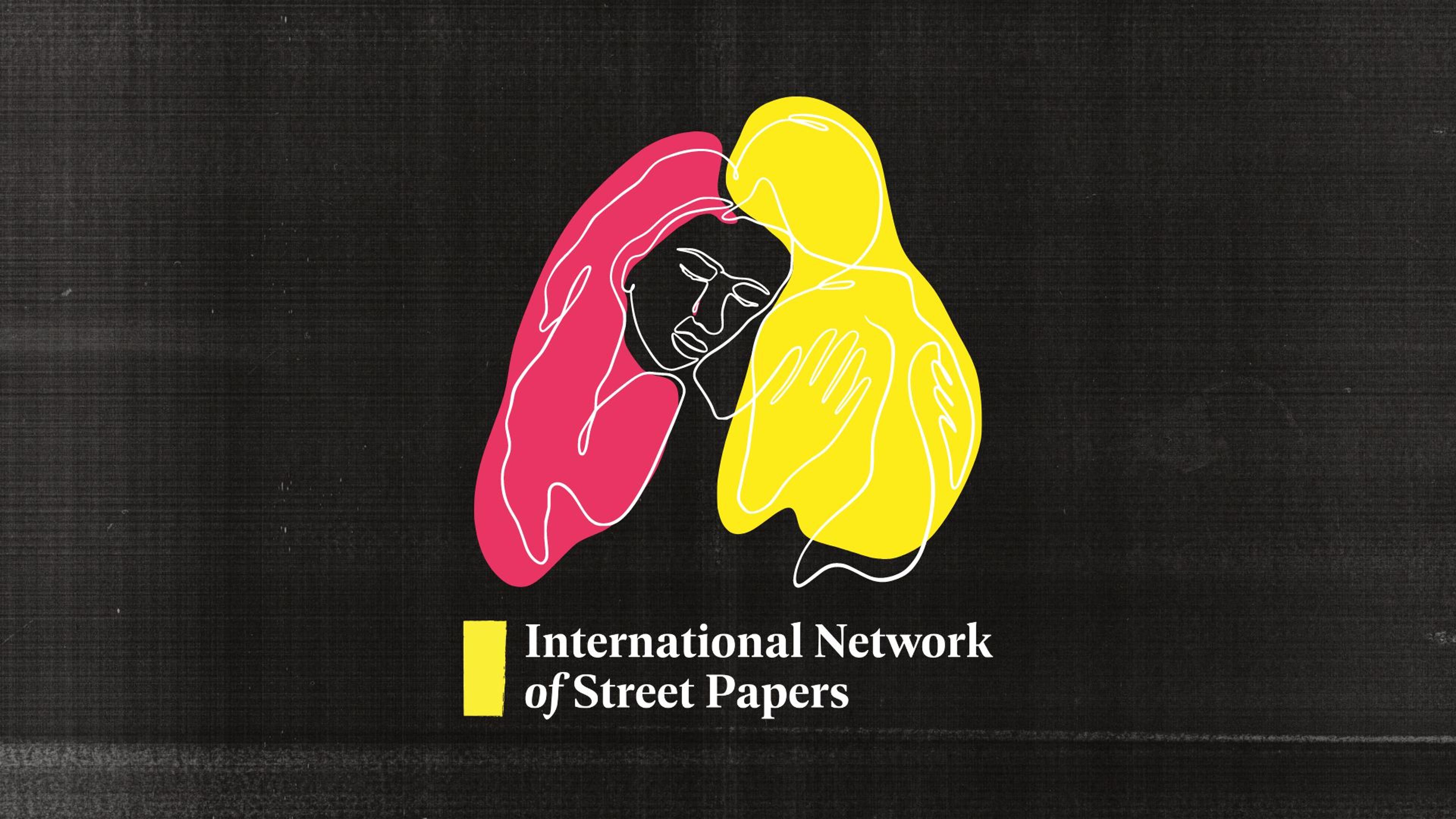How Finland succeeded in reducing homelessness

Sarah Brtiz
Sarah Britz
- News

Nearly 20 years ago, Finland opened the door to Housing First – a system in which people experiencing homelessness are provided with housing, then given support to address any issues that they are struggling with. Sweden has now embraced the scheme. But how can Finland build new, inexpensive housing while it seems impossible for its neighbours?
It’s November, and the wind is harsh in Helsinki. Humid sea air ignores my down jacket and slips in close to my body. I am here to answer a question: How is it that homelessness is decreasing in Finland while it is increasing in nearly every other country?
I can make an educated guess at part of the answer: the cold. The alternative to housing – living on the street – is unthinkable. The country has learned that from history.
When the Continuation War between Finland and the Soviet Union ended in 1944, veterans flocked to Helsinki looking for work. Meanwhile, Finnish citizens were evacuated from areas that had been taken over by the Soviet Union. People experiencing homelessness were placed in temporary housing, such as shelters and abandoned construction sites.
During the summer of 1967, a shelter was closed. People died on the streets, and during the autumn, 50 people struggling with addiction froze to death outside. That same year – the 50th anniversary of Finnish independence – 980 prisoners were pardoned. The majority had nowhere to go. The situation was urgent, and temporary barrack-like shelters were set up to house thousands of people.
In 1936, the Salvation Army (SA) created a small shelter just outside of central Helsinki: Alppikatu, where 400 people slept in dormitories. The shelter, and the SA, are still there. But, instead of dormitories, it today comprises 85 apartments in accordance with the Housing First principle, and the residents are supported by about 20 employees.
Jarkko “Jake” Jalonen is one of the residents. I am not allowed to go into his apartment – his girlfriend is visiting – but we sit down in an office on the ground floor, where the social workers are located. A minute later, he wants to go out. We defy the cold and Jarkko takes out his phone, shows me pictures of his girlfriend. Today, Jarkko is in love and finally in a good place in his life.
“I met her at a party that my son set up,” he says. “It may sound strange, but she’s the love of my life. We talked non-stop for hours and hours. I have five kids, all from broken families.”
After many years on the streets, Jake has his own apartment, keys and mailbox, and regular appointments with a nurse and a social worker. Every day, staff serve lunch for a low price in a common dining room.
Jake also has a job at the methadone clinic in the neighbouring block. There, he exchanges used needles for clean ones. “I’ve been doing drugs since I was 14 years old,” he says. “I’m 46 now. Organising clean syringes is a good job for me. I’m helping to reduce the risk of HIV and hepatitis.”
Finland has achieved the greatest reduction in homelessness of any country in Europe. The strategy was born in 2008, when politicians decided, across party lines, that homelessness could not just be a political question for political parties: all shelters should be closed or demolished.
Juha Kahlia describes the decision as brave. He is the head of the Y-Foundation’s international affairs, and in the days before we meet in his office, he has received politicians and journalists from Canada and Britain’s BBC, among others. Finland is no longer world famous just for its “sisu”, liquor and saunas.
The Y-Foundation builds, buys and renovates homes for people experiencing or at risk of homelessness, as well as those with low incomes. The foundation also conducts research, advocacy and preventative work, and is active in global networks with other organisations driven by the same conviction: no one should be homeless; everyone has the right to a home.
The money comes from the Finnish State, among other sources, where issues of homelessness have their own portfolio and are handled by Finland’s counterpart to The Department for Environment.
Other sources include the four largest municipalities in the country, Alko (Finland’s government-owned chain of liquor stores), a variety of organisations, and a lottery scheme that benefits non-profit organisations. Today, the Y-Foundation is the fourth largest landlord in the country.
The Finnish State’s involvement plays a decisive role. So do the municipalities. 70 per cent of land in Helsinki is owned by the municipality. It is nor for sale, but it can be rented.
“We rent and borrow money from banks, but with low interest and a long repayment period of 40 years. We also receive interest subsidies from the State. This way, we can build cheaper housing that people can afford,” says Kahlia.
Finland has a social housing policy entailing the State’s responsibility to arrange housing for people who face difficulties in finding their own home.
Social housing has long been a source of irritation in Swedish politics, reviled by politicians in all camps. Many predict a return to “a Sweden in poverty”, in which segregation in the housing market would become permanent. But resistance tends to falter.
In 2022, State investigator Karolina Skog found that Sweden needs a social housing policy. “It isn’t enough to just build more housing; there also needs to be targeted measures to help those that are hit the hardest by a non-functional housing market,” she wrote in an opinion piece in newspaper Aftonbladet.
Professor Hans Swärd wrote on DN Debate (the debate forum for newspaper Dagens Nyheter) that “Strong housing and social policies are probably the most important means to tackle homelessness”.
The real estate member organisation Fastighetsägarna is also on board, and believes that the lack of housing linked to an increasingly large group of resource-poor households and other socially vulnerable groups is the biggest challenge for Swedish housing policies.
Today, Sweden has record low construction and housing shortages. New groups are affected: students, new arrivals, elderly citizens. Statistics from the debt enforcement authority Kronofogden show that more families with children are being evicted.
Structural homelessness is increasing – people become homeless not because of poor health or addiction, but simply because they cannot afford housing. The welfare state does not have an obligation to support them. Securing housing is deemed a personal responsibility.
In the summer of 2022, despite, or perhaps thanks to, the housing crisis, the Swedish parliament made the decision to set aside 30 million SEK (€26.75 million) for Housing First. Society benefits when people aren’t on the temporary merry-go-round of homelessness, and a permanent home puts an end to the cycle. Experts have long known this, but now the money is there, too.
So far, though, there has been a lot of talk and little action.
In 2018, Faktum found that 18 municipalities where using Housing First. In 2022, there were 20, and Gothenburg, Malmo, and Helsingborg were among the active municipalities.
“Housing First requires new knowledge, a new way of looking at tenants, and a different way of working,” says Kahlia. “Attitudes surrounding addiction and mental illness may also play a role, because the resident should have the power to make their own life decisions, not [have them made by] those who are supposed to provide support. Housing First without subsidy is just housing, and it doesn’t work.”
The model has been shown to be economically beneficial in the long term for the entirety of society compared to shelters and emergency housing solutions. For the tenant, it increases the potential for better health, both psychological and physical. But to implement Housing First, we need housing.
The old fishing harbour in Helsinki, Kalasatama, shares similarities with the converted shipyards in Gothenburg and Malmö. Here, homes for 30,000 inhabitants and buildings for 10,000 workplaces – everything from skyscrapers to small, single-family houses close to a beach – are under construction. Men in safety vests and hardhats redirect the traffic as large cranes lift construction material over the road.
One of the house facades shimmers faintly under the pale afternoon sun. This house has just been completed by the non-profit organisation NAL (The Finnish Youth Housing Association), which, with financial support from the city and the Y-Foundation, creates subsidised housing and accommodation for young people with criminal records. NAL has approximately 2,200 flats in 16 Finnish municipalities.
Many are in queue for the housing. Residents must be between 18 and 29 when they move in and must move on by the time they are 35, unless they are an artist, who are welcomed under a separate scheme.
Young people must have or be looking a job and cannot be in full time education. Those selected are on a low or no income and have no savings. 15 per cent of the flats are reserved for young people who require additional support, such as home visits.
On certain days of the week, adults visit the site to give advice on matters such as how to apply for benefits from the Social Insurance Agency, how to apply for education or how to pay bills. The residents can use the sauna, yoga studio, rooftop cultivation facilities, indoor bicycle parking and common assembly hall for free.
“It’s a way to prevent homelessness. We know that those who grew up in unsettled conditions have a high risk of ending up in homelessness themselves,” says Hilma Sormunen, a specialist in advocacy work at NAL.
Finland’s response to homelessness encompasses social housing, Housing First, subsidised housing and decentralised social housing. The common denominator is that no one should be left without a permanent address.
Kahlia shows me sketches of new apartment buildings in central Helsinki that combine social housing and Housing First properties. “It’s not a big deal,” he says of this partnership work. “We’ve been doing this for 30 years so now it’s natural.”
Even so, there are concerns, such as fears, prejudices and a “not in my backyard” mentality from neighbours. As in Sweden, a single person’s appeal can delay a construction process for years.
Further, the newly formed government signals cuts in the social sector and wants the Y-Foundation to build less affordable housing. Rising unemployment, significant migration to larger cities and higher construction costs also present challenges.
“But the best way to prevent homelessness is to build housing that people can afford to live in,” says Kahlia. “Now they want to focus on those who have been homeless for a long time, but the question is what effects that will have – short term homelessness risks becoming long term.”
The work also costs money – lots of money. The Y-Foundation’s first project cost €140 million between the purchase of homes and the necessary renovations. “But now we see the positive development,” says Kahlia. “We help people out of homelessness and at the same time we save money for the society. That’s good.”
At Alppikautu, there are people who refuse to move out of the accommodation despite no longer needing support. Their many years on the streets have been replaced by a small flat. Knowing that there is a fellow human being at the reception during the night is crucial; it offers security that alleviates the trauma.
The flats are private spaces, and what happens behind closed doors does not concern the staff. Substance use in one’s own home is not illegal, and many people’s lifestyles fall beyond the norms.
Some drag their mattress into their bathroom at night, a habit born from all the nights spent in public toilets. Other tenants collect litter. The nearby Fire Department has had to respond to incidents in which residents have forgotten that they were cooking.
“Sometimes, we aren’t allowed in. It makes me so sad – maybe they don’t have enough food or clean clothes, and we don’t know what condition the flats are in,” says social worker Merja Stenman Björn.
Staff are also concerned for people who need regular care as they grow older and have nowhere else to go.
But, unlike some of his neighbours, Jake wants to move on, even though he has enjoyed his 11 years at Alppikau. “My girlfriend and I are waiting for a flat so that we can move in together,” he says. “But ideally, we would want to move out to the countryside, to a small house.”
Courtesy of Faktum / INSP.ngo


